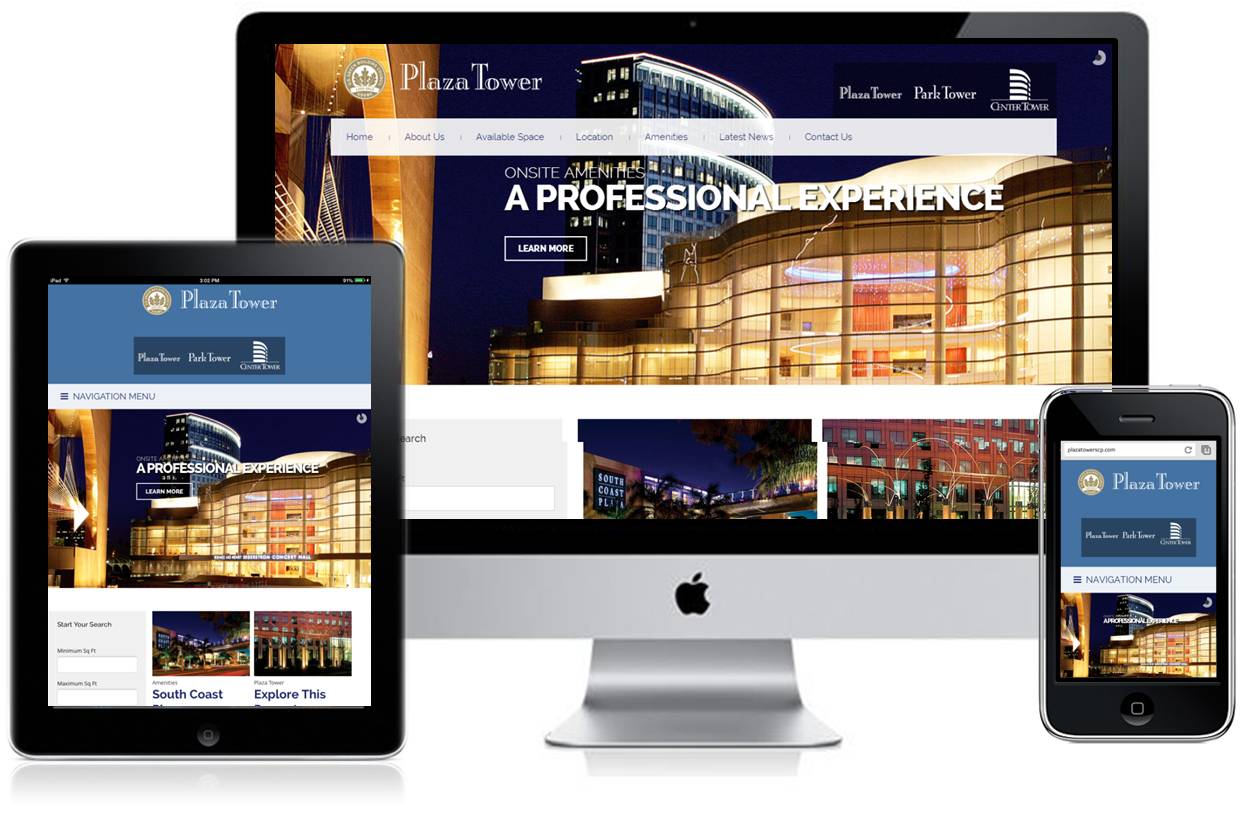
- #WEBSITE RESPONSIVE LAYOUT HOW TO#
- #WEBSITE RESPONSIVE LAYOUT INSTALL#
- #WEBSITE RESPONSIVE LAYOUT CODE#
Media queries are an important part of responsive web design commonly used for grid layouts, font sizes, margins, and padding that differ between screen size and orientation.īelow is an example of a common use case of mobile first styling in which a column is 100% width for smaller devices, but in larger viewports is 50%. One popular CSS strategy is to write mobile styles first and build on top of them with more complex, desktop specific styles. Media queries allow you to style elements based on viewport width. If you're new to responsive web design, media queries are the first, most important CSS feature to learn. ? CSS Media Queries for Different Screen Sizes and Orientations Now that the browser knows what's going, we can utilize popular techniques to make our website responsive. This results in a seemingly zoomed out, unresponsive experience.īelow is a standard implementation: Viewport meta tag example When the meta viewport element is absent, mobile browsers will display web pages with default desktop settings.
#WEBSITE RESPONSIVE LAYOUT HOW TO#
The meta viewport tag instructs the browser how to adjust the page to the width of each device. This is where the viewport meta tag comes into play.ĪDVERTISEMENT The Viewport Meta Tag to Identify a Mobile Website Regardless of the two strategies above, the first step in creating a website for phone or tablet is to ensure the browser knows the intention.
#WEBSITE RESPONSIVE LAYOUT CODE#

But today, most of us have had to adopt it to some extent.Īccording to Statistica, as of 2019, 61% of all Google search visits take place on a mobile device. Not long ago the term "responsive web design" was non-existent. Import Card from ".In the rapidly evolving landscape of connected devices, responsive web design continues to be crucial in web development.

Note that you need to have Node and NPM installed on your machine.
#WEBSITE RESPONSIVE LAYOUT INSTALL#
To install Next.js, use the command below. Responsive web design is the practice of designing flexible websites that.

To make use of Material UI and Next.js, we need to install them as dependencies in our React application. There are many devices that can access the web, and they come in all shapes and sizes. You can learn more about Next.js from here. Responsive images are images that scale nicely to fit any browser size. Media Queries plays an important role in responsive web pages. Next.js saves developers from the stress of setting up a react application from scratch. What is Responsive Web Design Setting The Viewport. It provides developers with loads of functionalities including Server Side Rendering and Static Site Generation. Next.js is a front-end web framework based on React. You can read more about the components in the official docs. Material UI has various use cases, ranging from layouts, styling inputs, navigation, etc. Since it is a React-based CSS framework, it features numerous components that can be imported anywhere in a React application. Material UI can be compared to Bootstrap but in a more advanced way.

Material UI is a React-based CSS utility framework that enables developers to create quality user interfaces. The application will retrieve test data from JSONPlaceholder which is a dummy API. Responsive web design is a setup where the server always sends the same HTML code to all devices and CSS is used to alter the rendering of the page on the. To create a responsive website using Material UI and Next.js.


 0 kommentar(er)
0 kommentar(er)
